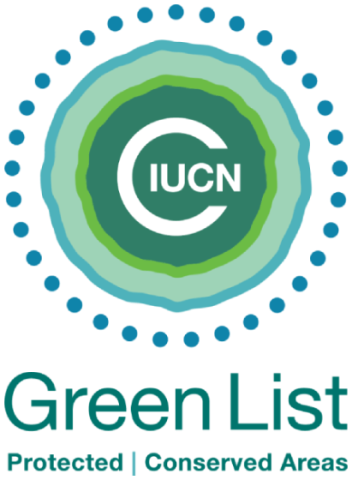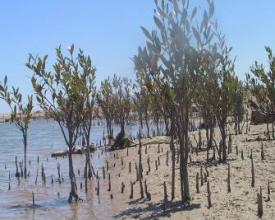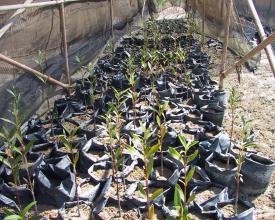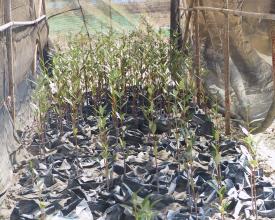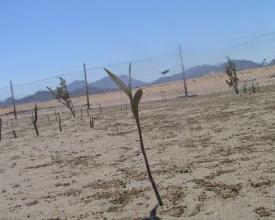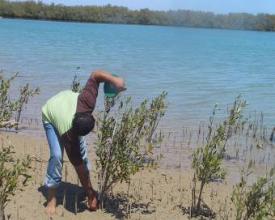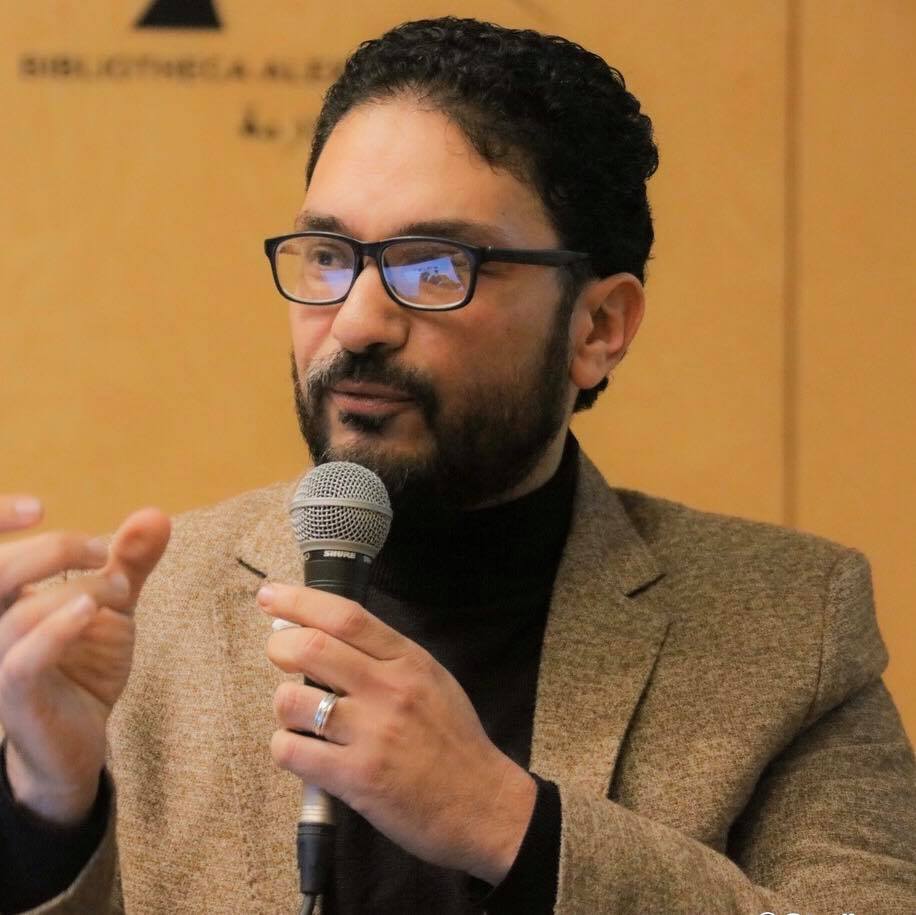
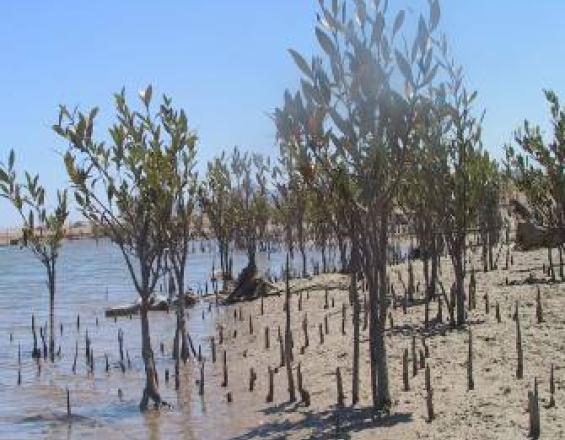
Planted mangroves.
Tarek Temraz, EEAA
In 2001 a degradation of the mangrove stands in Egypt was noted also due to urbanization and lack of awareness. A small scale mangrove reforestation study was conducted in Sharm Elshiek, Nabq focusing on planting, transplanting, monitoring and evaluating mangrove stands with integrating the main beneficiaries, the local communities. The rehabilitation resulted in the regeneration of the stands and an overall growth increase in the occupancy area was recorded.
Last update: 08 Feb 2023
7317 Views
Context
Challenges addressed
This solution addresses the impacts on the mangrove stands at Nabq area which are mainly caused by human activities like wood collection, environmental pollution (land and sea based), overgrazing by camels, gleaning of animals (fish and invertebrate larvae) as well as coastal zone development. The lack of awareness towards biodiversity conservation issues can be named as main source of the challenges.
Location
Ras Mohamed, Qesm Sharm Ash Sheikh, South Sinai, Egypt
North Africa
Process
Summary of the process
A small scale experiment was conducted at Sharm Elshiek, Nabq to test locally the reforestation of the declining mangrove stands all over the Egyptian shoreline. As a base for sustainability and to get local people involved into the project it was necessary to start with an awareness building campaign within the communities of Nabq. Out of the new understanding of the ecosystem value also for their livelihood local people volunteered to support the EEAA in planting and transplanting seeds and seedlings into the dedicated area as well as protecting and cleaning the impacted stands in Sharm Elshiek. To proof the impact of the efforts and also to create a base for further replication of the project a monitoring of the ecosystem was conducted. To get more information of the actual value and to highlight the necessity of replicating the reforestation activities and protecting the mangrove stands not only in the Nabq area in Egypt the ecosystem was evaluated over its services and goods for the Egyptian people. The monitoring and evaluation information can now be used to create awareness towards mangrove protection also in other impacted areas in Egypt.
Building Blocks
Awareness raising campaign
Participatory approach with local people about mangrove importance
• Shoreline protection
• Nursery grounds for fish and shrimps
• Livelihood sustaining
To make people aware of their dependence on the ecosystem.
Enabling factors
• Involving local people
• Prior situation analysis and clear impact identification for good communication base
• Application of incentives and sharing the benefits
Lesson learned
• Engaging local peoples in the management of protected areas and the protection of the ecosystem is vital for the success of a conservation process.
Increasing conservation efforts
1. Reducing pressure over mangroves by reducing the impact on the original mangrove stands, putting a fence around replanted stands, cleaning of oil and solid waste pollution of the existing mangrove stands.
2. Taking seedlings and seeds away from impacted area and plant them into designated places. 400 seedlings were transplanted to the nursery side at Gharqana area in Nabq protected on 16/7/2006. After three and half years around 255 seedlings were still alive. The work was done by the staff of EEAA together with volunteering local people. The location was chosen by experts.
Enabling factors
tba
Lesson learned
tba
Mangrove ecosystem evaluation
Identification of the services and goods provided by mangroves to facilitate proper management and conservation across different sectors. This work was done by EEAA and NBSAP. Part of the evaluation was for example a biological study that was conducted on mangrove trees (height, volume, density, fruit production, and flowering period) proved that mangrove habitats are portrayed by high biodiversity.
Enabling factors
tba
Lesson learned
tba
Impacts
• The mangrove reforestation project was replicated in several other areas along the Red Sea especially in degraded areas with native mangrove stands.
• The collection of fish and invertebrate larvae stopped due to law enforcement by local people. Knowing about the importance of the ecosystem to their livelihoods local people reduced their impact and fishing stocks and invertebrate numbers recovered.
• The aim of the reforestation effort was reached as the mangroves in Nabq area recovered and the density is higher than recorded in 2001. The rehabilitation resulted in better growth and regeneration in the stand and an overall growth and increase in the occupancy area was recorded.
Beneficiaries
The local people of Sharm Elshiek, the Nabq pilot area and the national policy.

